



The Bombay High Court questioned Maharashtra’s Election Commission for holding local polls without VVPATs, citing concerns over electoral transparency. Responding to a petition alleging violation of free and fair elections, the court sought justification for the SEC’s “logistical constraints,” prompting a review of voter rights and accountability.
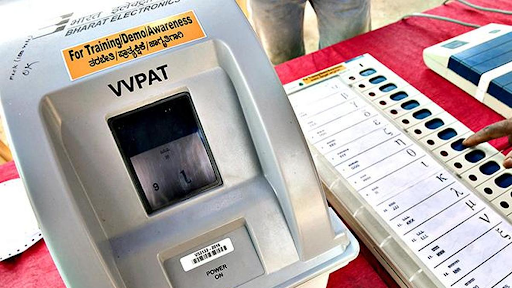
Copyright infringement not intended
Picture Courtesy: THE HINDU
The Bombay High Court issued a notice to the Maharashtra State Election Commission (SEC) on a petition challenging its decision to conduct local body polls in the State without Voter Verifiable Paper Audit Trail (VVPAT) machines.
|
Read all about: VOTER VERIFIABLE PAPER AUDIT TRAIL (VVPATS)EVM-VVPAT AUDIT NEEDS STATISTICALLY SOUND IMPROVEMENTSELECTRONIC VOTING MACHINE (EVM) |
It is an independent verification system attached to an Electronic Voting Machine (EVM).
It was first used in the Noksen Assembly by-election in Nagaland in 2013.
|
EVMs and VVPATs are designed and manufactured indigenously by Bharat Electronic Limited (BEL), a PSU under the Defence Ministry, and the Electronic Corporation of India Limited (ECIL), a PSU under the Department of Atomic Energy. |
The EVM setup includes a Ballot Unit (BU) and a Control Unit (CU), with the VVPAT connected to both.
When a voter makes a selection on the Ballot Unit, the VVPAT prints the corresponding slip and displays it for verification.
If the slip fails to print or fall, the system detects a “fall error” and the Control Unit doesn’t record the vote—preventing inaccuracies

This process creates a dual record of each vote: one digital and one physical. If disputes arise, election officials can manually count the VVPAT slips to cross-check the electronic tally.
High Costs
Introducing VVPATs nationwide required significant investment. The 2019 General Elections alone cost over ₹3,100 crore, with each unit priced at around ₹19,650. (Source: ANI)
Operational Hurdles
Transporting, storing, and maintaining millions of VVPAT machines alongside EVMs demands enormous logistical effort.
Limited Verification Sample
Currently, slips from only five polling stations per assembly constituency are manually verified, up from one after the 2019 Supreme Court order. Critics argue that this small sample size is statistically inadequate and call for 100% verification.
Incomplete Voter Verification
Voters can only view the slip but cannot physically handle it, leading some experts to question whether the process truly qualifies as “voter-verified.”
2013: In Subramanian Swamy vs ECI, the Supreme Court declared VVPAT an essential component of free and fair elections.
2019: Court Ordered verification in five random polling stations per assembly segment to enhance confidence in results.
2024: In Association for Democratic Reforms vs ECI, the Court dismissed calls for 100% verification, directed the ECI to seal and preserve Symbol Loading Units (SLUs) for 45 days post-results and allowed defeated candidates to seek limited verification of microcontroller data
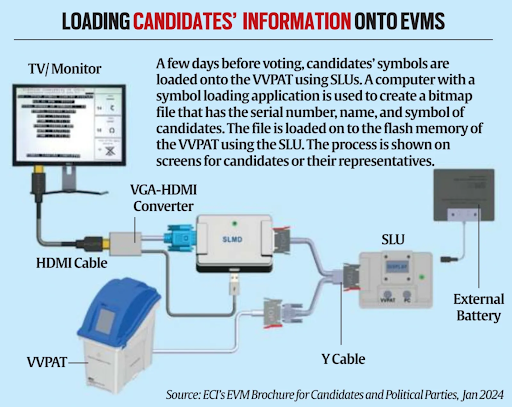
Technical Upgrades: Improve VVPAT hardware and software to minimize errors and adapt machines for local and multi-member elections.
Clear Audit Protocols: Define statistically sound audit standards and transparent procedures for handling disputes or mismatches.
Public Awareness: Increase voter education on how VVPAT works and how it safeguards their votes. Greater understanding can counter misinformation and build public trust.
Regular Review: Periodic evaluation by independent technical experts can ensure that both EVMs and VVPATs remain secure, reliable, and up to date.
Conclusion
VVPATs uphold electoral transparency, bridging technology and accountability by providing voters tangible proof. Future improvements in technical, procedural, and legal aspects, along with innovation, judicial oversight, and voter engagement, will ensure modern and trustworthy elections.
Source: THE HINDU
PRACTICE QUESTIONQ. Evaluate the role of the Voter Verifiable Paper Audit Trail (VVPAT) in strengthening the fabric of electoral democracy in India. 150 words |
VVPAT stands for Voter Verifiable Paper Audit Trail. It is an independent verification system attached to the Electronic Voting Machine (EVM) that allows a voter to verify that their vote has been "recorded as cast" and "counted as recorded" to the intended candidate.
After a voter presses the button for their chosen candidate on the EVM's Ballot Unit, the VVPAT machine prints a paper slip containing the candidate's serial number, name, and election symbol. This slip is visible through a transparent window for about 7 seconds for the voter to verify, after which it automatically gets cut and falls into a sealed drop box.
The VVPAT system was first used on a trial basis in a by-election for the Noksen Assembly Constituency in Nagaland in September 2013. It was used in all polling stations nationwide for the first time in the 2019 Lok Sabha general election.
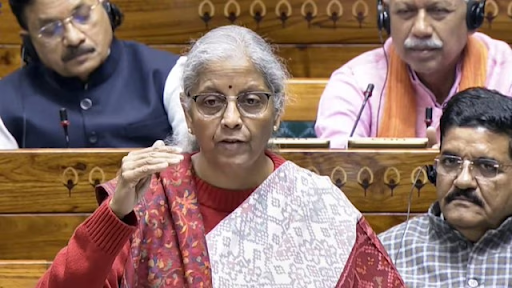
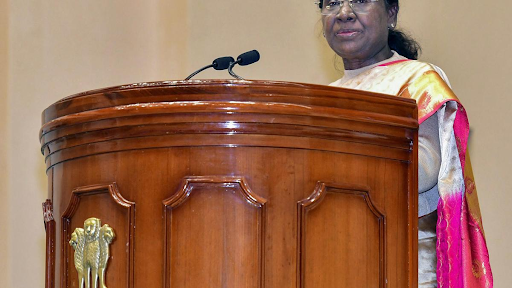
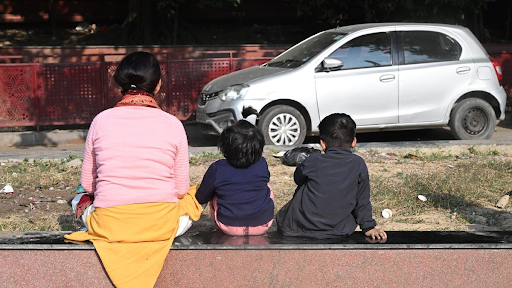

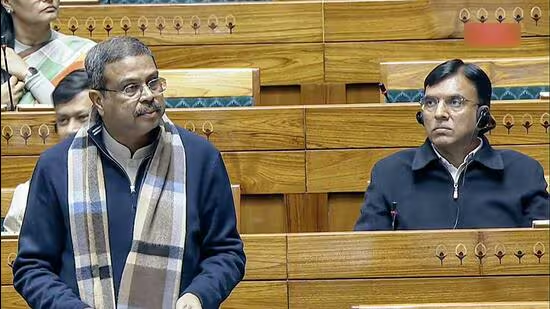

© 2025 iasgyan. All right reserved